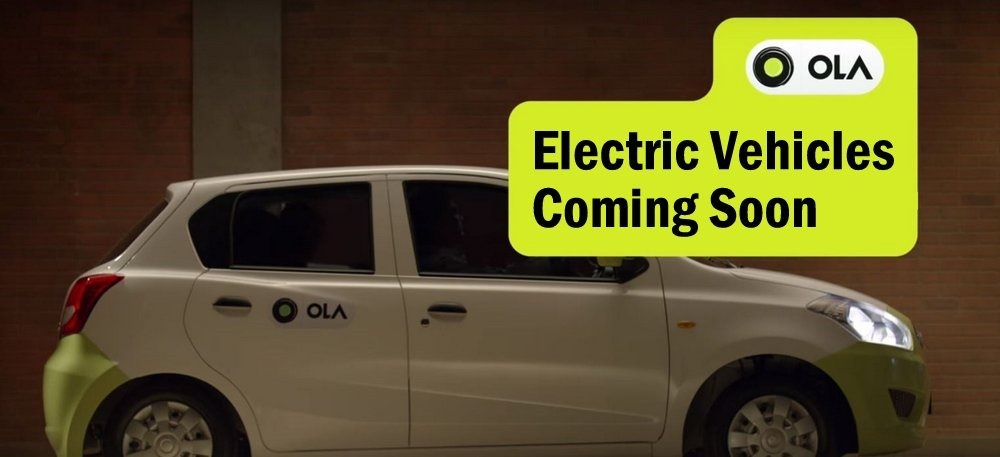Ola to Pilot Electric Vehicles in Key Indian Cities; Plans to Install Charging Stations as Well!

The Government of India is ambitious about the project to replace all commercial vehicles with electric vehicles by 2020, or at least 7 million electric vehicles in the next three years. However, no steps have been taken to accomplish this yet.
Now, India’s largest cab-hailing company, Ola, is going to start a pilot on electric vehicles in India. By 2018, the company plans to push out electric vehicles and replace the commercial vehicles to align with the Government’s vision.
Ola is going to start trials in major cities in India, and test the viability of this offering. It will also be setting up charging stations for these cars in these chosen cities. The Government’s incentives have not proved any good for Indians, as electric vehicle sales decline every month.
CEO Bhavish Aggarwal said, “We’re able to leverage their (Softbank’s) network and scale of operations around the world. Ola was also talking to automakers globally about strategic tie-ups.” The company will introduce a few thousand vehicles this year.
Softbank says that if the pilot goes as planned and is deemed successful, then they will introduce a million electric cars on the road by 2022. However, there are a few issues that plague the electric vehicle industry, and there is also a sheer lack of options available in the country because of fewer incentives.
Will Ola be able to turn the game in its favour?
When such companies try to bring the ideas from Western nations to India, there are always standard issues that come into play. For instance, urbanisation in India is extremely high, which means that a lot of people are moving to the cities that are already oversaturated.
When you introduce even more cars, without replacing the existing ones, then even if the pollution won’t go up, the traffic woes will increase and the city residents will get frustrated. Bengaluru and Mumbai are already facing problems with lack of space to drive, and Delhi-NCR is at the brim of it.
A smoother transition period is required so that the volume of cabs does not go down, and regular commercial vehicles get replaced with electric vehicles. The second problem is the lack of incentives. India has only a handful of electric vehicles in India, which are also priced very high because of high initial costs.
A person looking to buy Mahindra e2o can easily buy a sedan at that cost. If only the Government heavily subsidises the electric vehicles in India, only then will people start owning them. Again, owning a car in India is a status symbol, so electric vehicles will mostly be the second car in a family.
If somehow India is able to get over this, then there will be obstacles in constructing enough power stations. The mileage of such cars is limited, and charging stations need decent infrastructure to start with. The long lines at CNG and petrol pumps are enough to deter people from using electric vehicles because there will just never be enough charging points.
Ola is taking a leap of faith with this initiative but hopes to solve all the problems listed above. They will try to have battery swapping at certain points and quick-charging abilities in cars. If somehow Indian manufacturers like TATA Motors, Mahindra and Bajaj are able to launch electric vehicles with high mileage, low maintenance and low costs, then Ola will be able to partner with them and get this pilot into full swing.
Delhi-NCR, Mumbai, Bengaluru, Chennai, Kolkata and Hyderabad should expect to see electric vehicles by the end of this year. It is a very bold initiative from Ola and hopefully, other organisations will follow.
Source: Reuters
